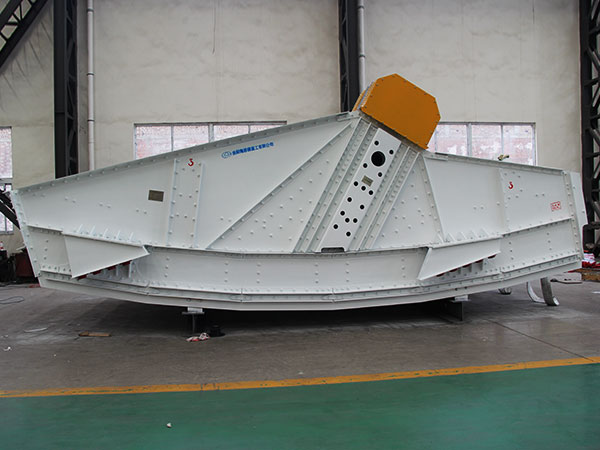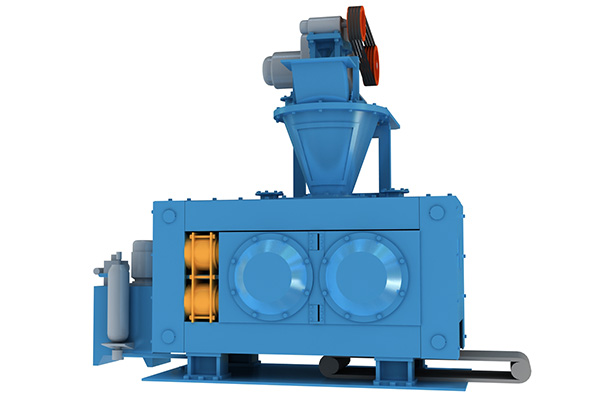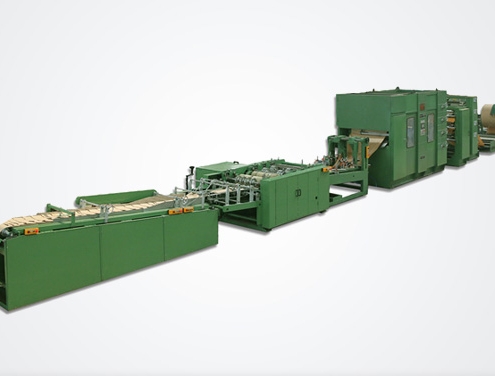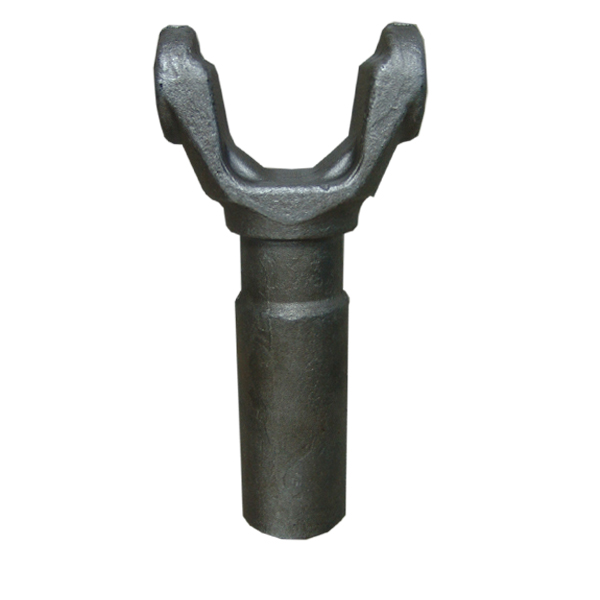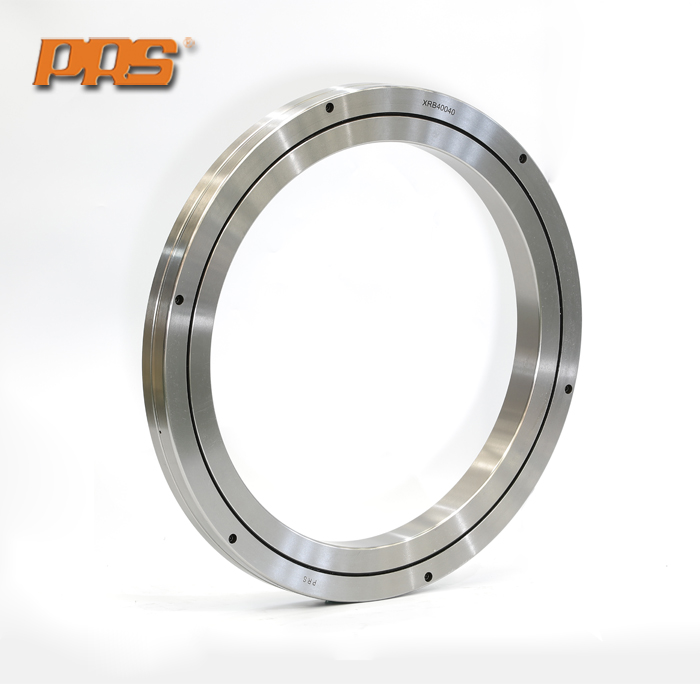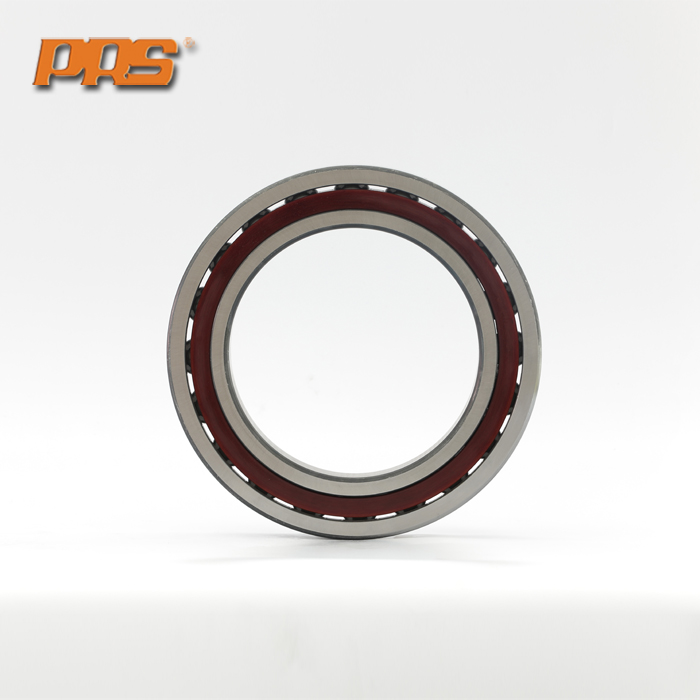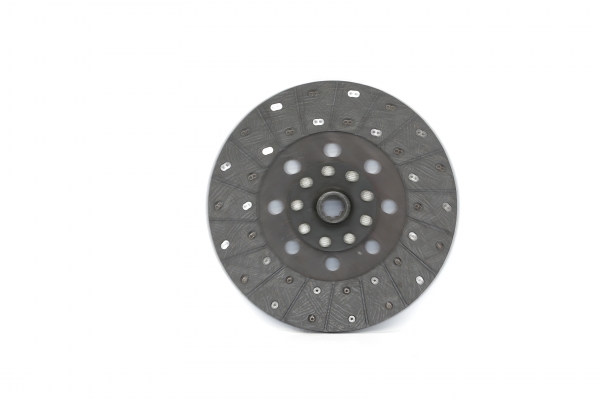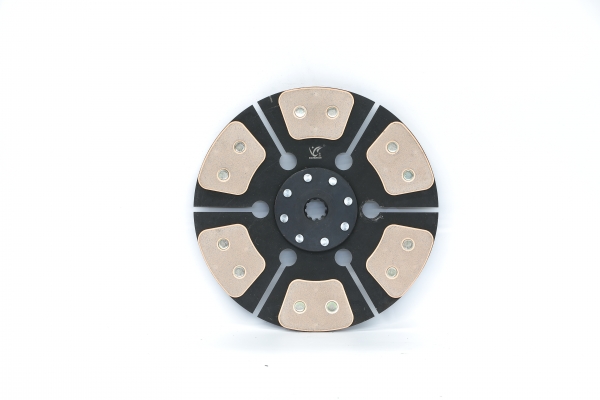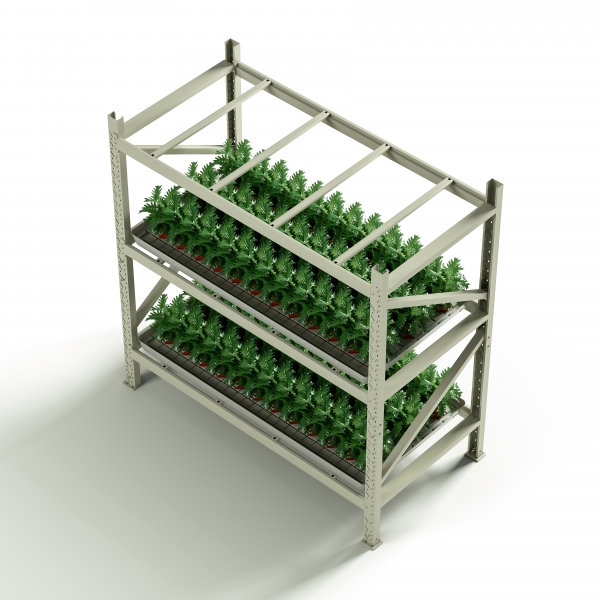There are several types of industrial racking systems used in manufacturing, warehousing, and storage facilities. Some of the most common types include:
Pallet racking: This type of racking system is designed to store palletized loads of goods. Pallet racks come in various styles, including selective, double-deep, drive-in, push-back, and gravity flow.
Cantilever racking: This type of racking system is used to store long, bulky items such as lumber, pipes, and other building materials. It has arms that extend from a vertical column and can be adjusted to accommodate different sizes of goods.
Mobile racking: This type of racking system is designed for maximum space utilization. It consists of shelving units mounted on mobile carriages that can be moved along rails to open up access to individual aisles.

Carton flow racking: This type of racking system uses gravity to move goods from back to front. It is used for storing cartons, boxes, and other lightweight items.
Mezzanine racking: This type of racking system is used to add a second level of storage space above the existing floor. It can be designed to accommodate a range of loads and is often used to create additional office or production space.
Automated storage and retrieval system (ASRS): This type of racking system uses automated machines to retrieve and store goods. It is typically used in large-scale warehouses and distribution centers to manage high volumes of inventory.
There are many other types of industrial racking systems available, and the best choice will depend on the specific needs and requirements of the operation. It is important to work with experienced professionals to design a racking system that optimizes storage space, improves efficiency, and enhances safety.
For more detailed information about the types of industrial racking, please click to visit:https://www.etegreen.com/shelving-systems/industrial-racking/

.jpg)
